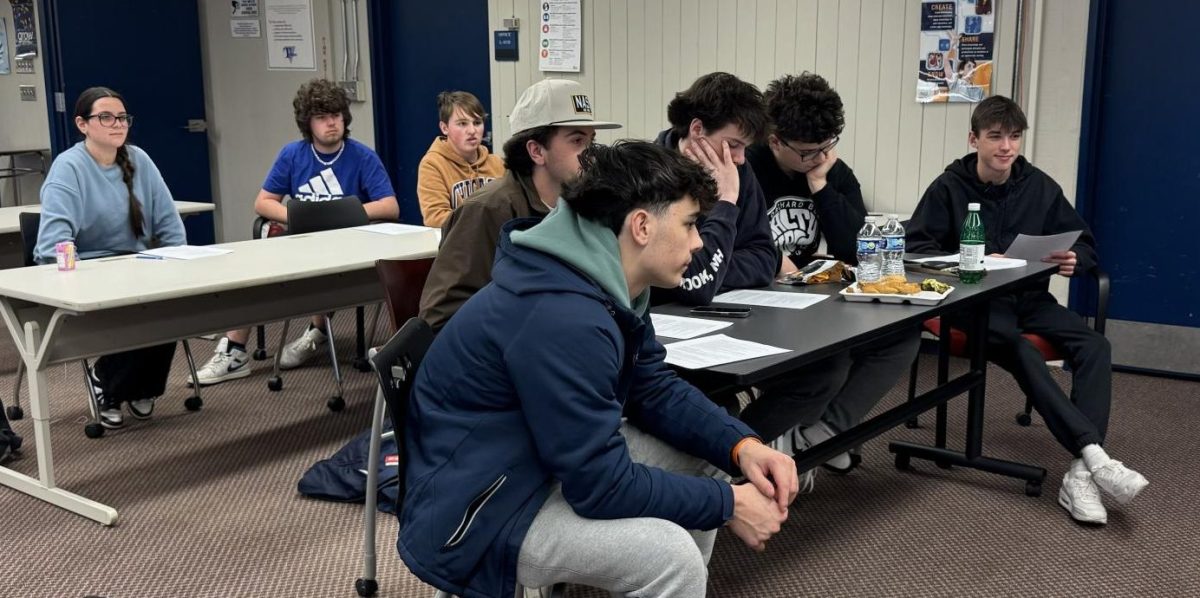The Woolly Mammoth (Mammuthus Primigenius) is an extinct species of mammoth closely related to the Asian elephant of today. But scientists are close to bringing the mammoth back to life.
According to CNN writer Katie Hunt, scientists at Colossal Biosciences have genetically engineered a new organism: The Woolly Mouse, a genetically modified rodent with Woolly Mammoth traits.
This could be the first step in reviving the Woolly Mammoth and other extinct creatures. Colossal Biosciences also plans to resurrect the Dodo bird and Tasmanian tiger and return them to their natural habitat. Over the next few years, scientific advancement could allow scientists to bring back extinct creatures.
The Woolly Mammoth began dying off during the Holocene epoch after the last Ice Age ended 11,700 years ago. We are still experiencing the Holocene period to the present day, and the climate is still warming.
The last Woolly mammoths went extinct 4,000 years ago. Due to the relatively recent extinction of the Woolly Mammoth and the possession of perfectly preserved Mammoth corpses frozen in ice, scientists have the genome(genetic information) necessary to recreate the Woolly Mammoth.
Woolly mice have certain Woolly Mammoth traits such as fast-growing thick fur, but it might not be possible to create or clone the Woolly Mammoth with 100% accuracy to its extinct forerunner. A genetically similar, lab-created mammoth would be close to the original creature but not a carbon copy.
“In many regards, if they( Colossal Biosciences) truly pieced together the full genome of these creatures, it would be the real thing but not 100 percent truly a woolly mammoth,” Triton science teacher Thomas Horsley said.
Horlsey is enthusiastic about bringing back extinct creatures for the evolution of scientific and medical advancement.
“There is value beyond resurrecting these species, such as medical benefits,” Horsley said
Bringing back extinct creatures is an exciting premise, but whether doing so is a good idea is an ethical concern.
“It is a thorny issue to bring back extinct creatures. Introducing mammoths into the wild would have to be closely monitored because other creatures have filled the void of the mammoth, and reintroducing them could throw off the natural balance.” Triton science teacher Adam Lothrop said.
Triton science teacher Ivan Ferron thinks that instead of bringing back extinct creatures, we should preserve the ones we still have. For example, the North Atlantic Right Whale has a sparse population of 370 members. Species with a dire need to be protected should take priority over those already extinct.
“I love the idea of bringing back extinct species, but we should focus on preserving the ones we have now.” Said Ferron.
Humanity has been responsible for the direct and indirect extinction of over 381,000 species from the first Homosapians that walked the Earth over 300,000 years ago to the present day. Thousands of other species are at risk of extinction due to humans in the future.
According to Science Alert writer Nick Longrich. “The spread of modern humans out of Africa has caused a sixth mass extinction, The greater than 40,000-year event extends from the disappearance of Ice Age mammals to the destruction of rainforests by civilization today.”
The Neanderthal, an archaic human species, which appeared to have shared similar intelligence as early humans was also pushed past the brink of extinction by those same humans. It is a tragedy considering that the Neanderthals were likely just as smart as us.
“We continue to cause species to go extinct, and instead of saying Oh, we can bring it back, we should keep them from going extinct in the first place. We should save this technology until we fix the current problem.” Ferron said.
“We hunted them to extinction. We are responsible for the extinction of these animals, so if we can give them another chance, I think that would be really cool,” Horsley said.
Everyone has their favorite extinct animals and would love to see them alive again. The ability to resurrect certain extinct species provides an opportunity to see them.
“If I could bring back one extinct species, I would choose the passenger pigeon. Horsley said. “I am on team passenger pigeon!”
“I would like to see a Woolly Mammoth,” Lothrop said.
“I want to know what dinosaurs looked like.” Said Ferrom
The continued growth in the human population across the planet leads to animal habitats being destroyed, more fossil fuels being burned, and more damage to the ecosystem. Humanity already has the blood of so many species on its hands, but with the technology to bring extinct creatures back to life, we can begin to rectify our mistakes.













